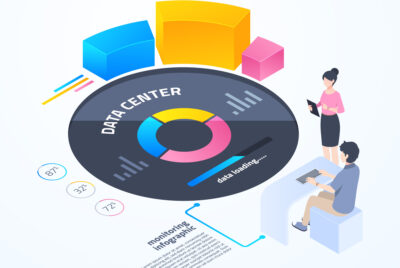E-commerce has revolutionized the way businesses operate and consumers shop, offering convenience, accessibility, and a seamless shopping experience. This article explores the dynamics of e-commerce, the importance of payment gateways, and the integration of omnichannel strategies to enhance customer engagement and satisfaction.
The Rise of E-commerce
E-commerce, or electronic commerce, refers to buying and selling goods and services online. Over the years, it has grown exponentially, driven by advancements in technology, changing consumer behaviors, and the global shift towards digitalization. Key factors contributing to the success of e-commerce include:
- Convenience: Customers can shop anytime, anywhere, with access to a wide range of products and services.
- Global Reach: Businesses can reach a global audience without geographical limitations.
- Cost Efficiency: Lower overhead costs compared to physical stores, allowing for competitive pricing.
- Personalization: Tailored shopping experiences through data-driven insights and targeted marketing.
Understanding Payment Gateways
Payment gateways are essential components of e-commerce that facilitate online transactions by securely processing payment information between customers and merchants. Key features and benefits include:
- Security: Encryption and fraud prevention measures ensure secure transactions, protecting sensitive customer data.
- Acceptance of Multiple Payment Methods: Support for credit/debit cards, digital wallets (e.g., PayPal, Apple Pay), and alternative payment methods.
- Integration: Seamless integration with e-commerce platforms (e.g., Shopify, WooCommerce) and shopping carts.
Types of Payment Gateways
- Hosted Payment Gateways: Redirect customers to a secure payment page hosted by the gateway provider (e.g., PayPal, Stripe).
- Integrated Payment Gateways: Integrate directly into the e-commerce website, allowing customers to complete transactions without leaving the site.
- Self-hosted Payment Gateways: Merchants host and manage their payment processing system, requiring compliance with security standards (e.g., PCI DSS).
Implementing Omnichannel Strategies
Omnichannel retailing involves providing a seamless and integrated shopping experience across multiple channels (online, mobile, physical stores) to enhance customer engagement and satisfaction. Key strategies include:
- Unified Customer Experience: Consistent messaging, branding, and pricing across all channels to create a cohesive brand experience.
- Inventory Management: Real-time inventory synchronization across channels to prevent stockouts and fulfill customer orders efficiently.
- Click-and-Collect: Allow customers to order online and pick up items from a nearby store, enhancing convenience and flexibility.
- Personalization: Use data analytics to personalize marketing messages, recommendations, and promotions based on customer behavior and preferences.
- Customer Support: Provide omnichannel customer support through live chat, email, social media, and phone to address inquiries and resolve issues promptly.
Benefits of Omnichannel E-commerce
- Enhanced Customer Experience: Seamless shopping experience across channels fosters customer loyalty and satisfaction.
- Increased Sales: Omnichannel shoppers tend to spend more and have higher conversion rates compared to single-channel shoppers.
- Improved Insights: Data integration and analytics provide valuable insights into customer behavior, enabling informed business decisions and targeted marketing campaigns.
- Competitive Advantage: Differentiate from competitors by offering convenience, personalization, and flexibility in how customers shop and interact with your brand.
Conclusion
E-commerce continues to reshape the retail landscape, offering businesses unprecedented opportunities to expand their reach and connect with customers globally. Payment gateways play a crucial role in facilitating secure online transactions, while omnichannel strategies integrate multiple channels to deliver a cohesive and personalized shopping experience. By leveraging these technologies and strategies effectively, businesses can enhance customer engagement, drive sales growth, and stay ahead in the competitive e-commerce environment. Embracing innovation, adapting to consumer preferences, and prioritizing seamless customer experiences are key to thriving in the evolving world of e-commerce.



